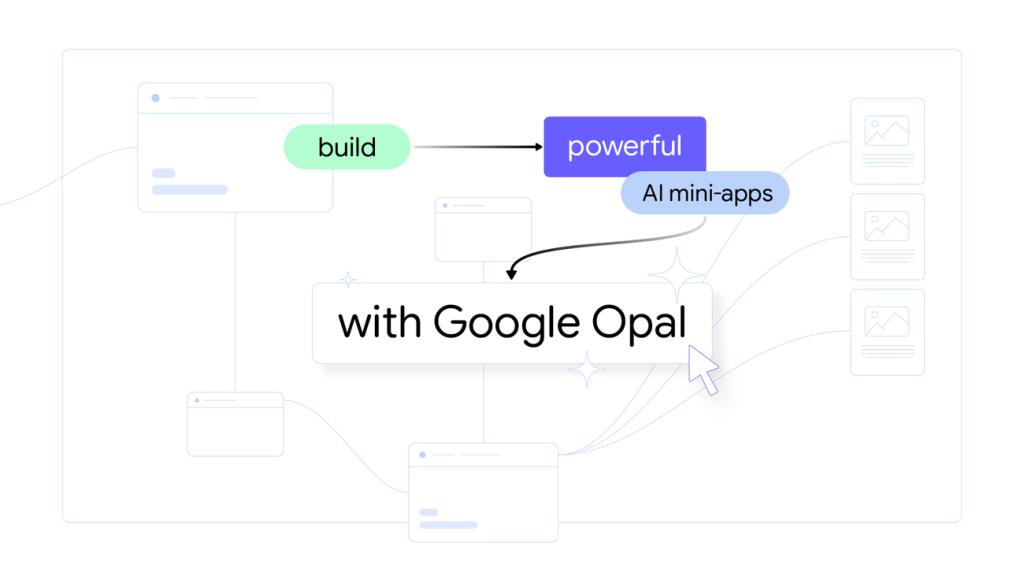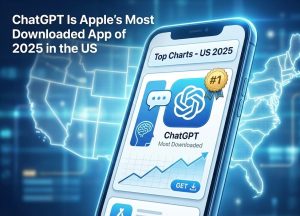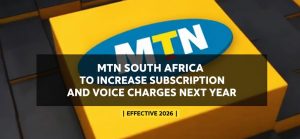Google is taking its AI app builder, Opal, global. The company announced that Opal is now available in 15 new countries, extending access beyond the U.S. to empower more users to create web apps using natural language.
The new regions include Canada, India, Japan, South Korea, Vietnam, Indonesia, Brazil, Singapore, Colombia, El Salvador, Costa Rica, Panamá, Honduras, Argentina, and Pakistan.
According to Megan Li, Senior Product Manager at Google Labs, the expansion was driven by unexpected creativity from early U.S. users.
“When we opened up Opal to users in the U.S. we anticipated they might build simple, fun tools,” Li said. “We didn’t expect the surge of sophisticated, practical, and highly creative Opal apps we got instead. The ingenuity of these early adopters made one thing clear: we need to get Opal into the hands of more creators globally.”
How Opal Works
Opal lets users build mini web apps using text prompts. You describe what you want to create, and Opal uses multiple Google AI models to generate the app automatically.
Once built, you can:
- Open the visual editor to customize workflows and logic.
- Modify each step by editing prompts or adding new ones.
- Publish the app and share it through a public link so others can test it with their Google accounts.
The interface makes it possible for users with no coding experience to create useful tools, workflows, or prototypes in minutes.
New Improvements to Opal
Alongside the rollout, Google announced several updates to improve usability and performance:
- Improved Debugging: The debugging system remains no-code but now supports step-by-step execution within the editor. Errors appear directly in the workflow for easier correction.
- Faster App Creation: Google reduced load times from five seconds or more to near-instant, making app generation smoother.
- Parallel Execution: Users can now run multiple workflow steps simultaneously, speeding up complex app processes.
These updates aim to make Opal more efficient and beginner-friendly, even as it expands to a larger global audience.
Google’s launch of Opal in July 2025 placed it in direct competition with tools like Canva, Figma, and Replit, which are also developing no-code or low-code AI platforms for nontechnical users.
With its combination of AI automation, real-time editing, and web publishing, Opal is positioning itself as a central hub for creators who want to build functional AI apps quickly.












2 thoughts on “Google Expands Opal AI App Builder to 15 New Countries”
Your point of view caught my eye and was very interesting. Thanks. I have a question for you. https://accounts.binance.info/kz/register?ref=K8NFKJBQ
Your article helped me a lot, is there any more related content? Thanks! https://accounts.binance.info/pl/register-person?ref=UM6SMJM3